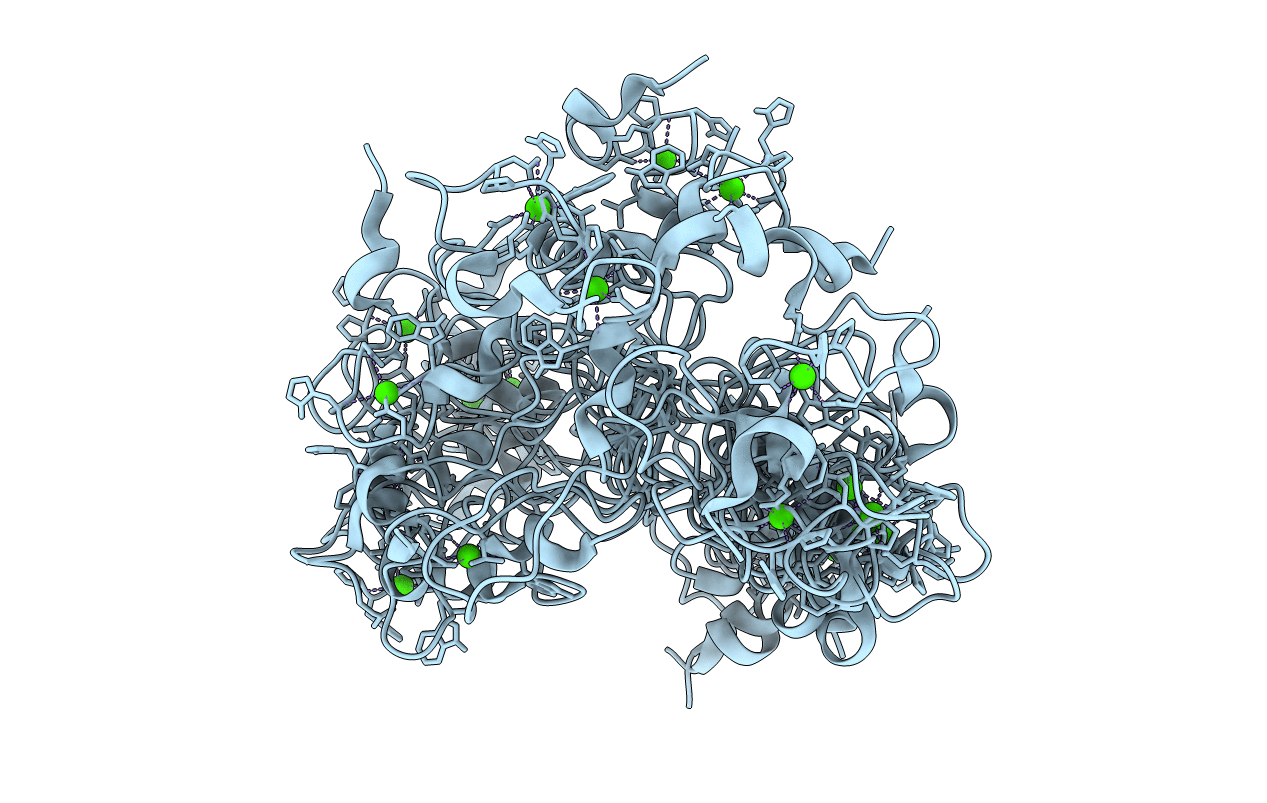
Deposition Date
2001-08-13
Release Date
2002-03-08
Last Version Date
2024-11-20
Entry Detail
PDB ID:
1JRF
Keywords:
Title:
NMR Solution Structure of the Viral Receptor Domain of Tva
Biological Source:
Source Organism:
Coturnix japonica (Taxon ID: 93934)
Host Organism:
Method Details:
Experimental Method:
Conformers Calculated:
200
Conformers Submitted:
20
Selection Criteria:
structures with the least restraint violations


